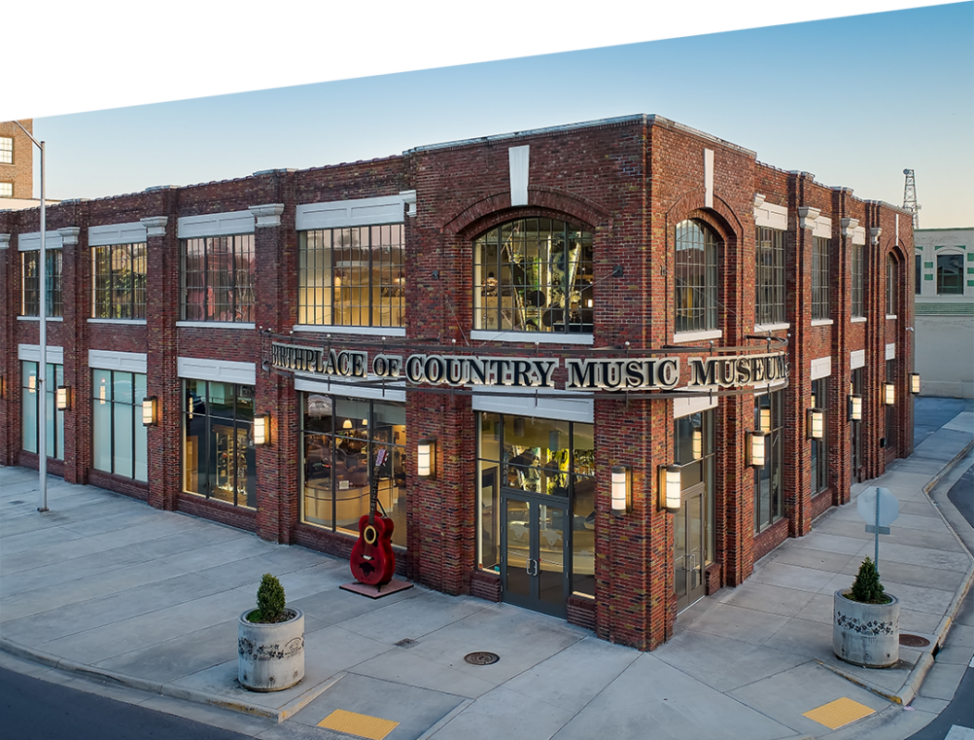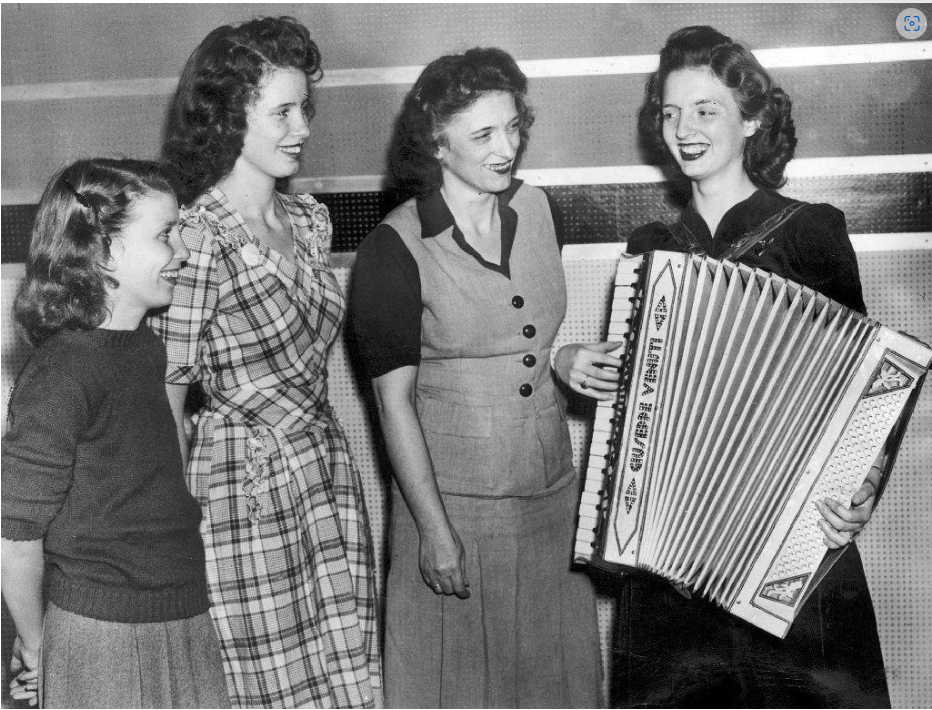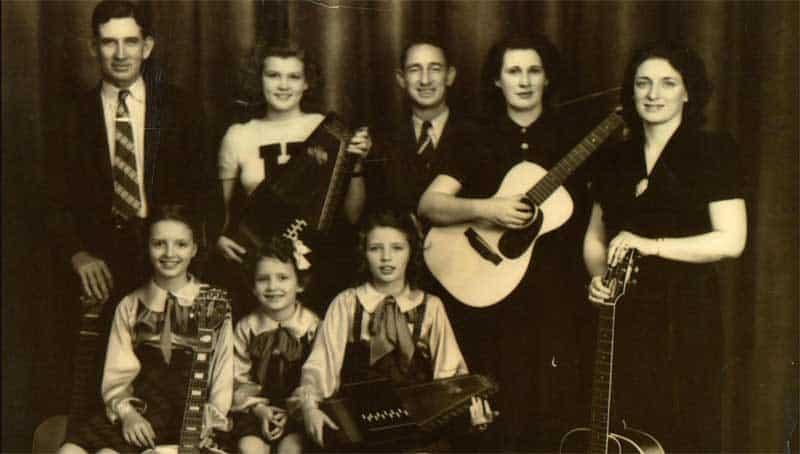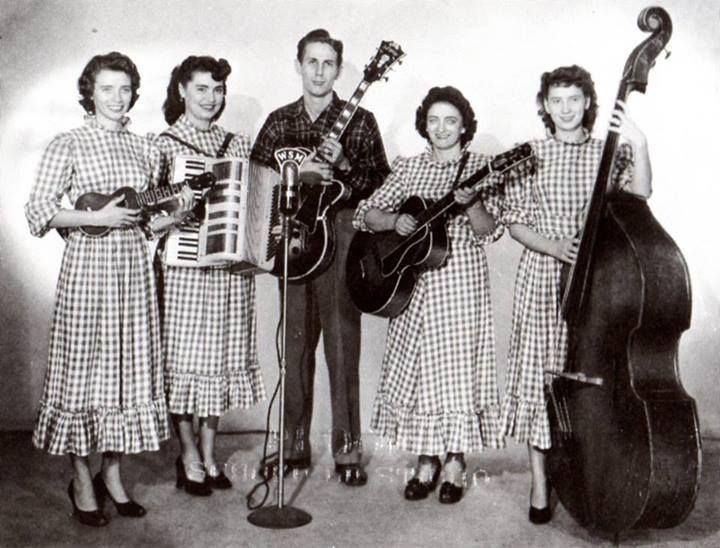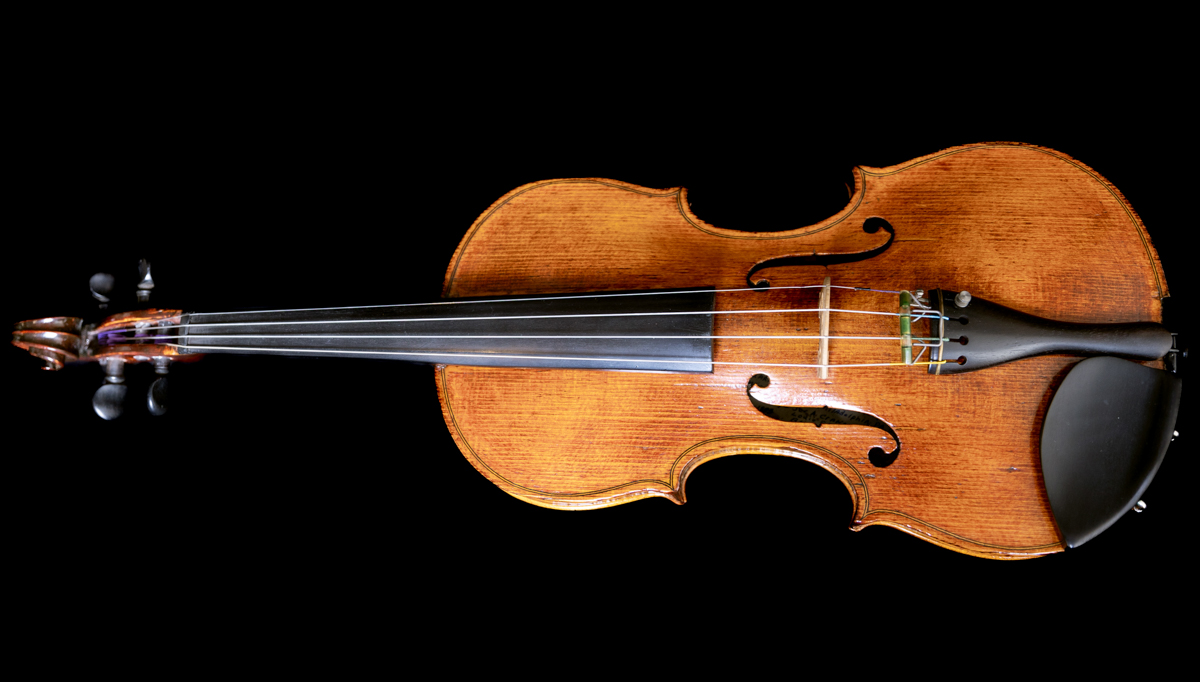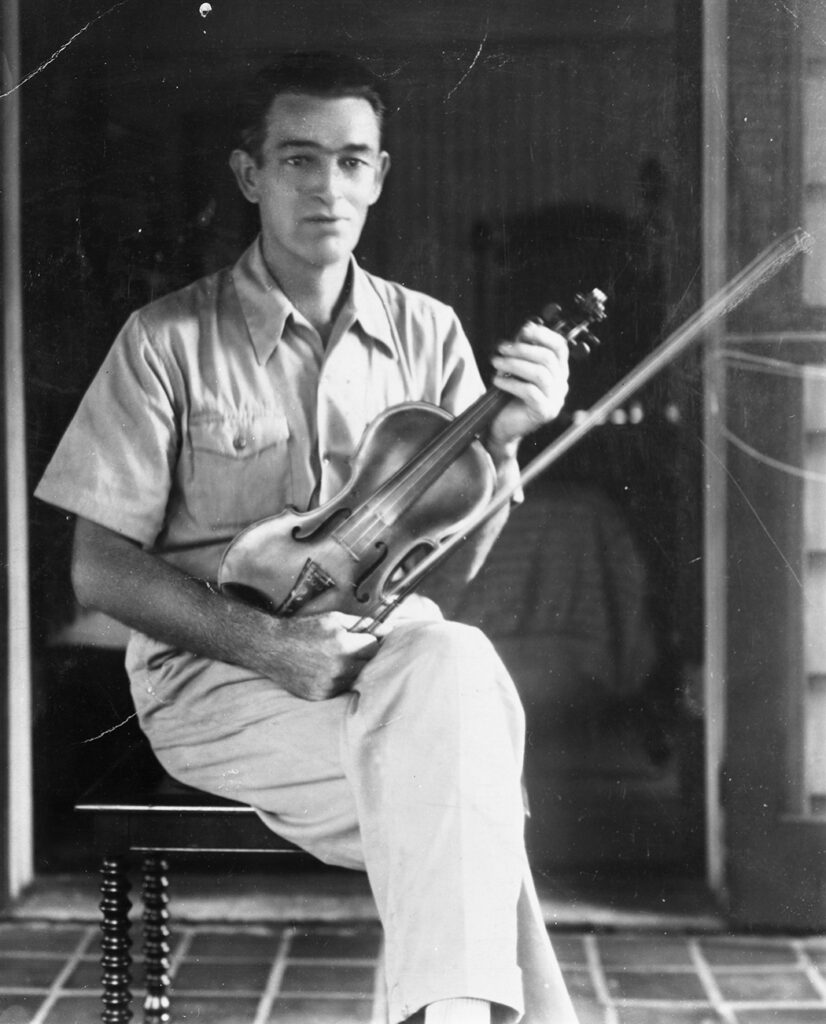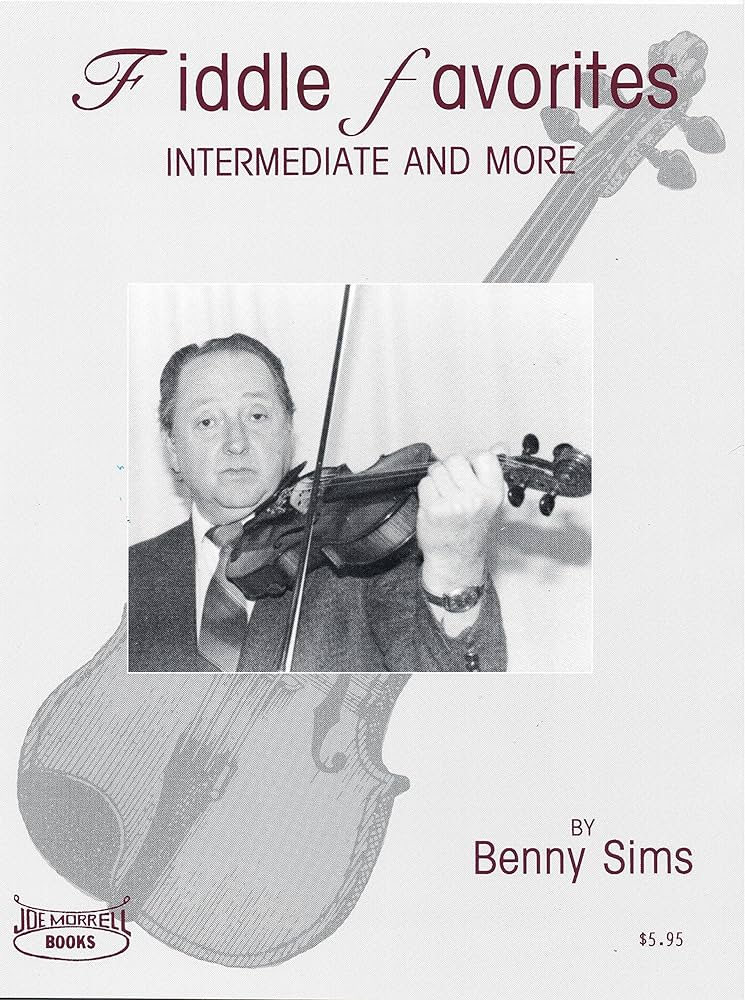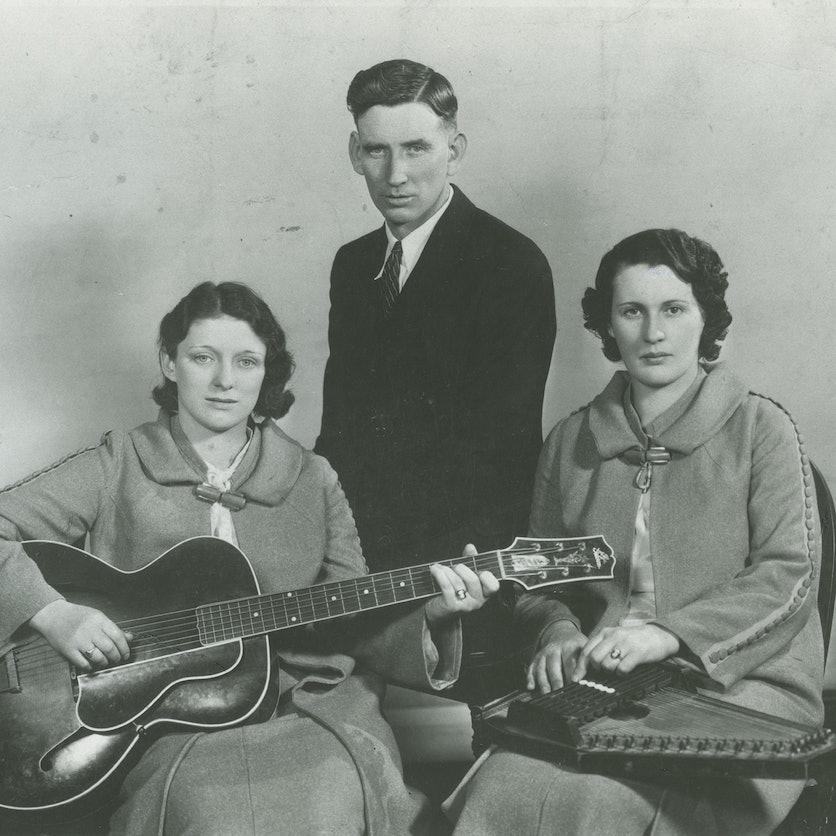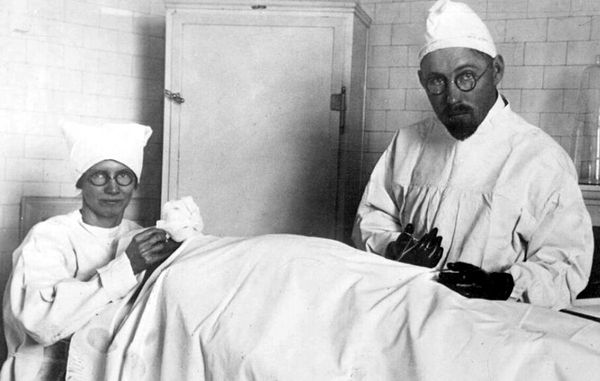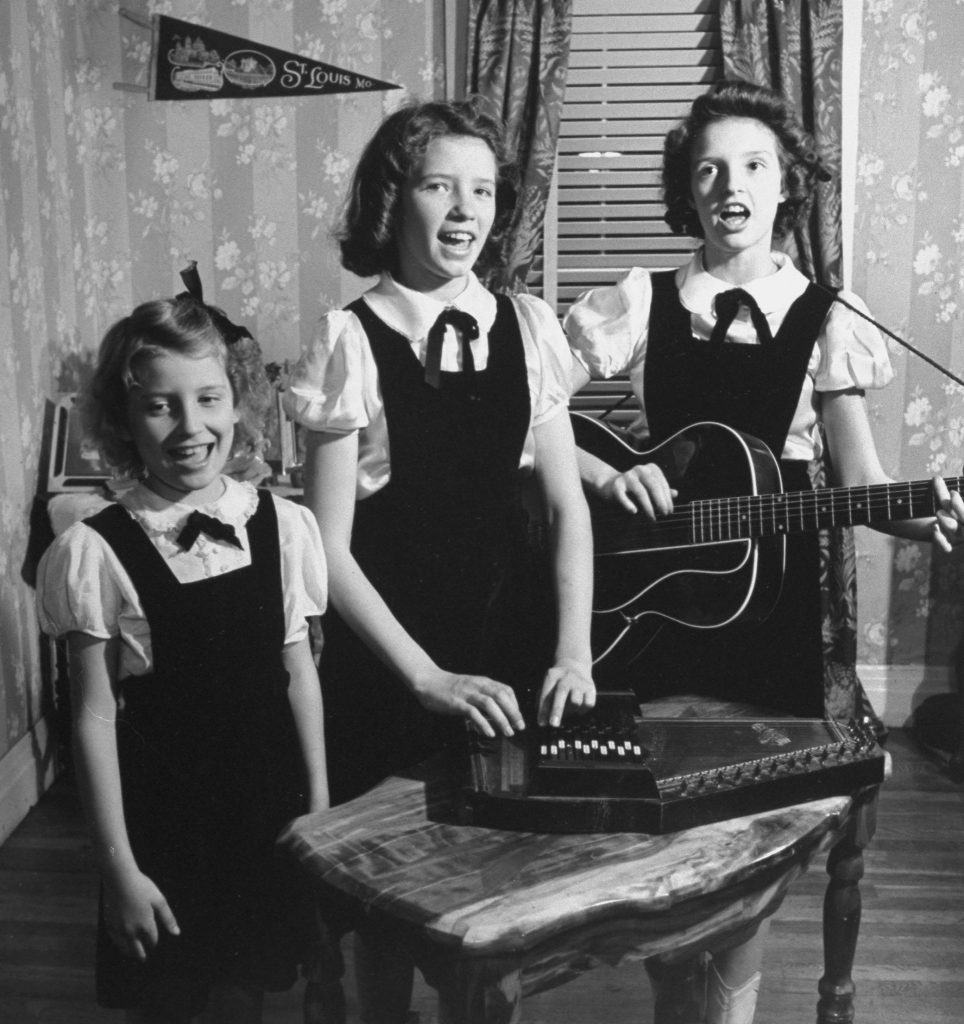By Dr. René Rodgers
The Birthplace of Country Music Museum opened its doors to the public on August 1, 2014 with a weekend of music, history and culture, food, friends and family, and so many amazing visitors. Through the past several years, as we’ve seen changes and growth; hundreds of exhibits, outreach activities, and educational and public programs; and a pandemic, we are proud and excited to be celebrating our 10th anniversary! We’ll be sharing stories, images, and videos to mark this milestone throughout the year, but today we wanted to share ten things you might not know about the Birthplace of Country Music Museum:
1. Archaeology in a Country Music Museum?
The museum is in a historic building from the 1920s, formerly a Chrysler distributorship owned by Frank Goodpasture Sr. The building was later used for entertainments like sporting matches, musical concerts, and dances, and it also once housed a cab company, barbershop, shoe store, and newsstand. All of these different uses meant that when the building was being renovated to become the museum, the construction crew found lots of archaeological curiosities from the building’s previous lives – from an intact Edison lightbulb (now hanging in the porch area of our permanent exhibits) to pieces of china to an empty bottle of Dr. H. S. Thacher’s Cough and Croup Syrup!
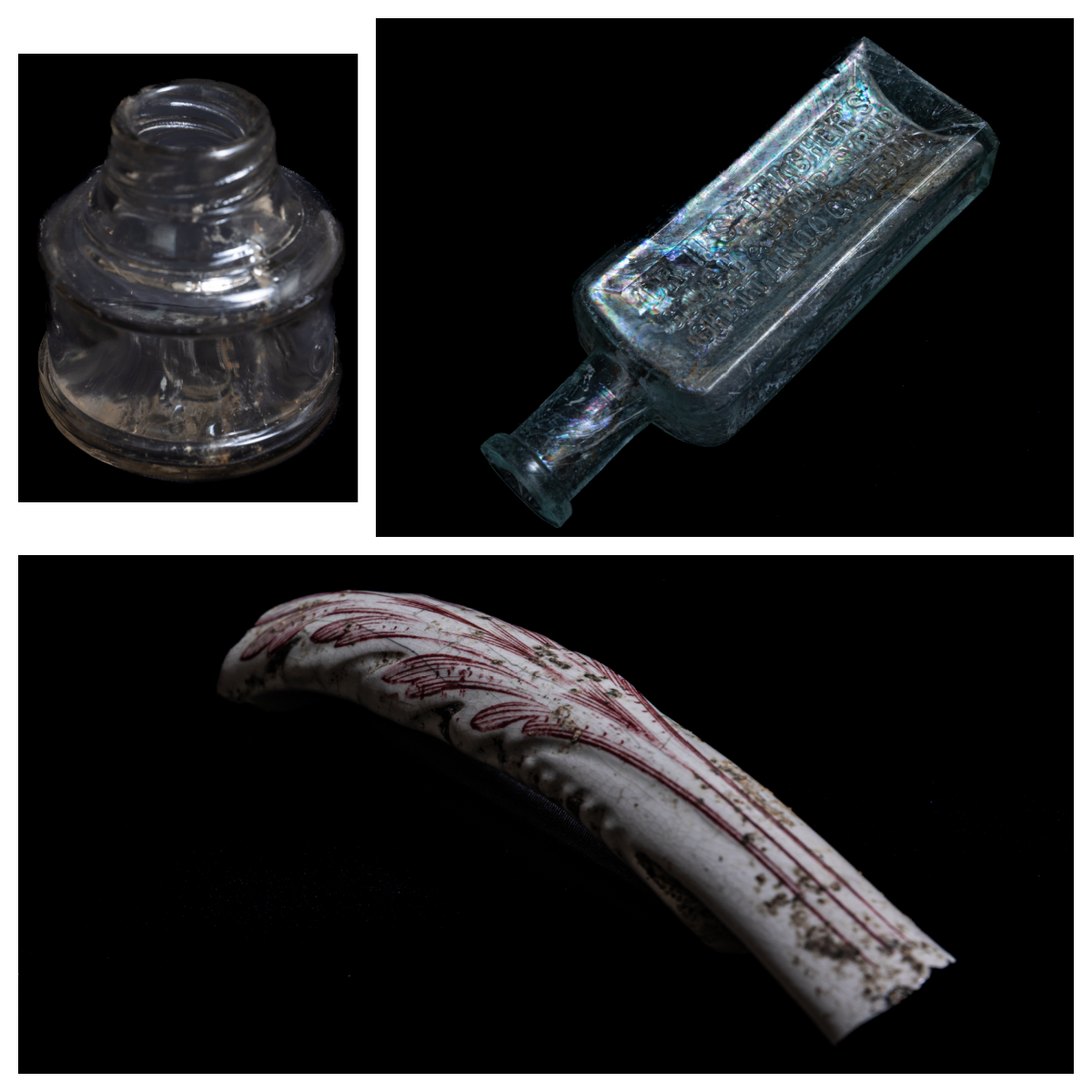
2. Local Voices
Creating a museum is a big job, and creating the content and exhibits is turned over to a company who does that work for a living. At the early planning stages, that was the intent, but it soon became apparent that we had numerous local scholars, experts, and musicians on our doorstep who had the expertise to do this work. And so a local content team was pulled together – led by ethnomusicologist Dr. Jessica Turner, the team included scholars and musicians from East Tennessee State University (Roy Andrade, Dr. Lee Bidgood, Amythyst Kiah, and Dr. Ted Olson) and King University (Ryan Bernard); former Birthplace of Country Music Alliance director Bill Hartley; and researcher/writer/editor Dr. René Rodgers (me!) and Sarah Tollie. Over the course of two years, this team met regularly – along with the museum’s architects Peyton Boyd and Michael Haslam, the exhibit design team at studioMUSarx, and Hillmann & Carr, the media producers – to discuss the textual panels, images and objects, and audio-visual elements that would fill the permanent exhibit space with engaging content. This decision to stick with local community members to tell the important history of the 1927 Bristol Sessions and our regional music heritage has resulted in a museum where these stories are explored with passion, deep knowledge, and personal connection, making the museum experience that much richer to our visitors.
3. Wax People
Lots of museums have dioramas with taxidermy animals or scenes/exhibits with wax museum figures. And early in the content development process, we considered two such scenes – one of The Carter Family recording in the makeshift studio on State Street and one of a producer or DJ and a band in a radio station. These wax figures can be wonderfully realistic but sometimes also just a little bit creepy – akin to dolls and all of the associated weirdness we feel with them! In the end, the cost of the wax people was out of our budget, but most importantly, after discussion and ambitious speculation, we decided to figure out how to turn what was meant to be a simple radio station exhibit into an ACTUAL live, working radio station – and Radio Bristol was born!
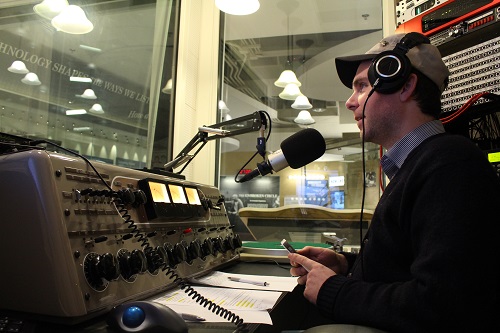
4. Twinkle in the Eye
As we began thinking about this 10th anniversary, we started digging into our institutional archives to stir up some memories – and we found a treasure trove of stuff! One of the coolest was a stash of blueprints from past iterations of the museum design before we got to the museum we know and love today. Some things stayed pretty similar across designs, but there were also some surprises. For instance, one plan showed a second exterior marquee-style sign above the Moore Street side door bearing the words “Playing Tonight: Bill Hartley,” which would have been a great addition! Another plan illustrated a different configuration for the first-floor theater, one where there were 11 rows of seats in front of the stage in a typical theater configuration. This layout would have given the room around the same number of seats that we have today, but our current configuration is much more intimate and engaging for audiences. Finally, the biggest surprise was a plan for a third floor to be built onto the original two-story building – this space would have included offices and other administrative areas, but it was ultimately nixed as this type of construction is not allowed on buildings where historic tax credits are used to help fund the work.
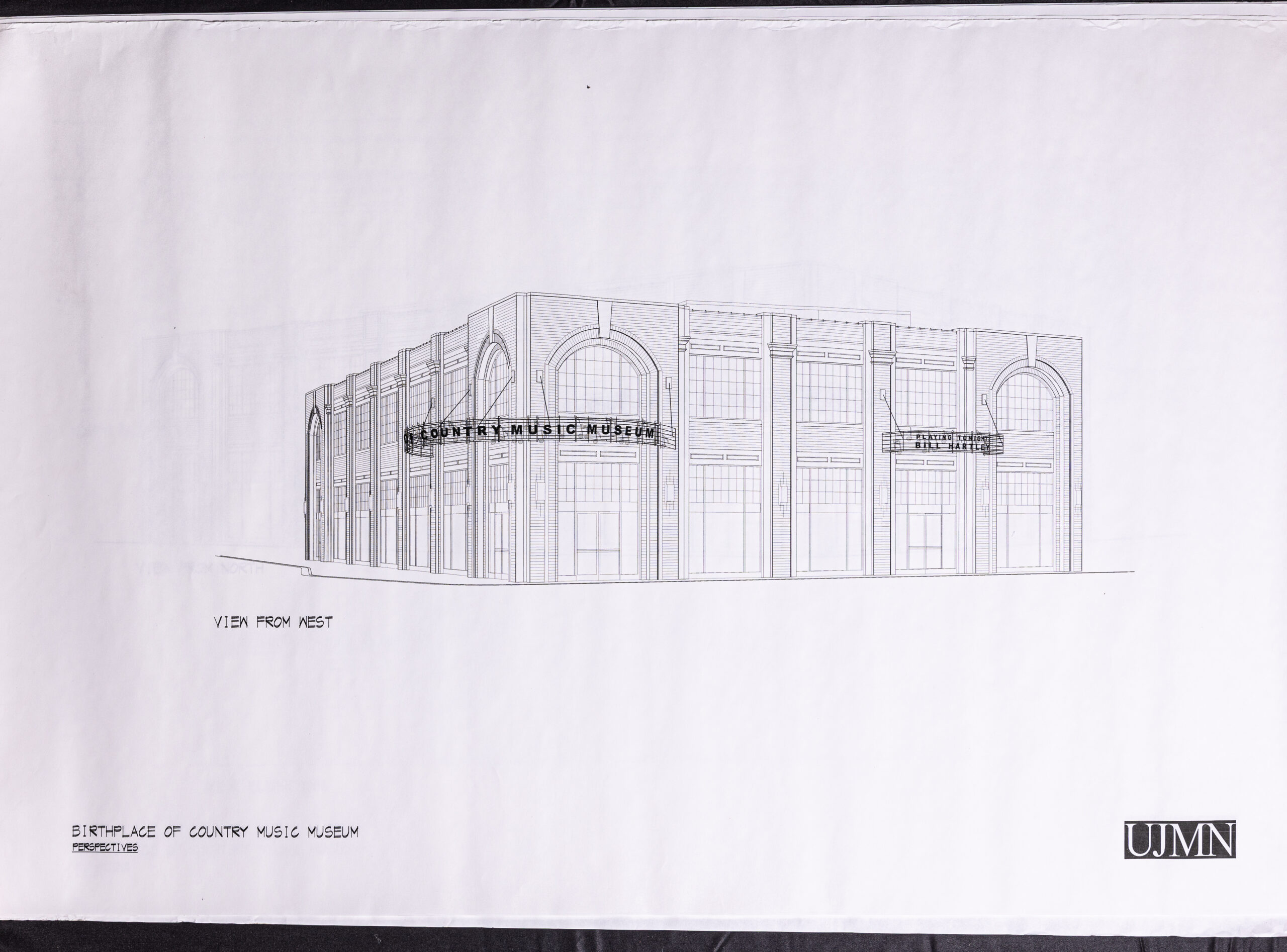
5. Hip Hip Hooray!
Early in the museum’s life, we were excited to be recognized by peers and scholars in the museum and history fields. For instance, in 2015 the museum won the Past Presidents’ Award of Excellence from the Tennessee Association of Museums; that same year, the poster design for the Birthplace of Country Music Museum’s grand opening won in the American Alliance of Museum’s Publications Design Competition. In 2016 we were honored with an American Association for State and Local History Leadership in History Award.
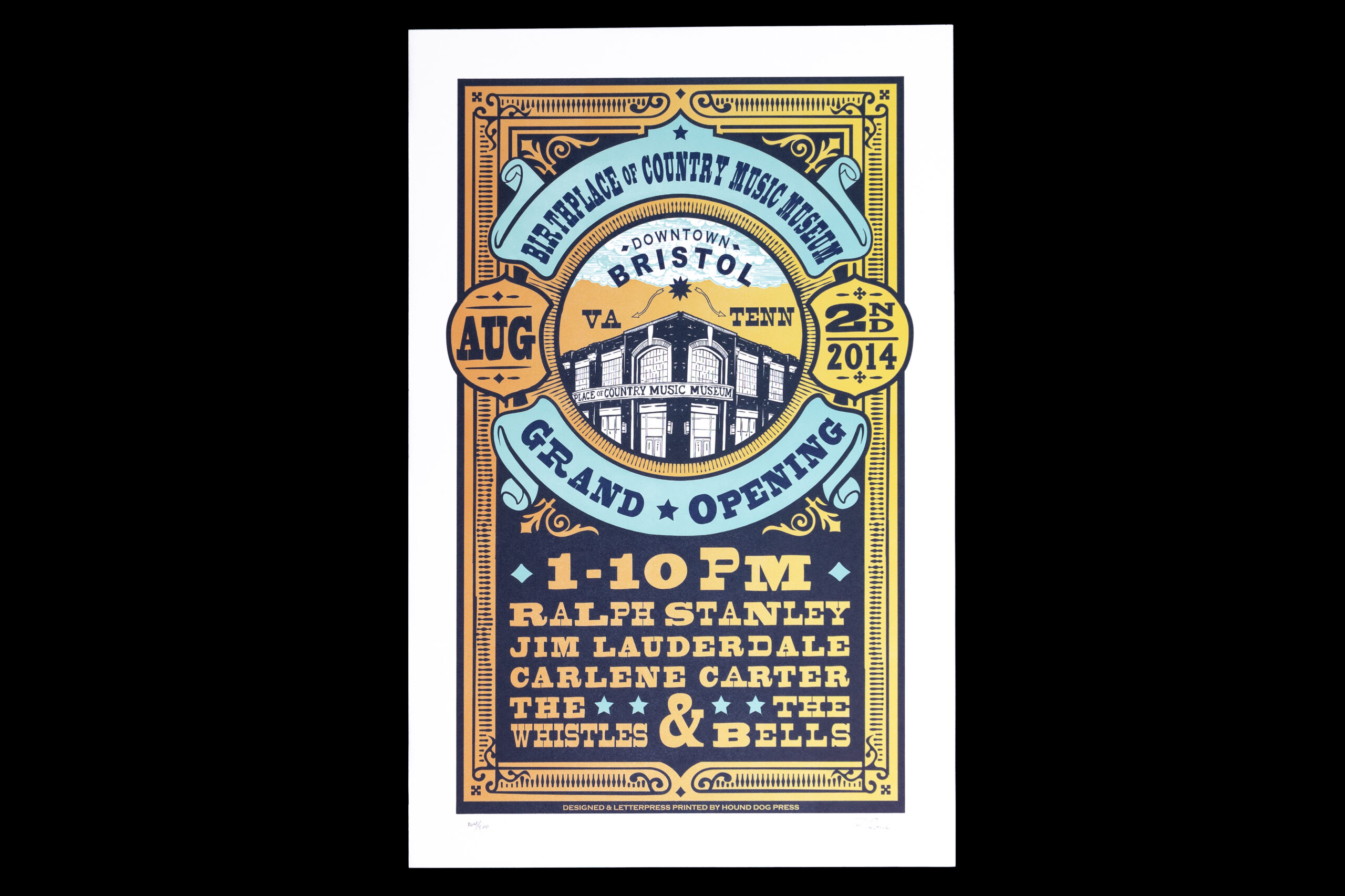
6. Ghostly Moments?
Any historic building can be spooky at night when the lights are low and you might be the only one in a particular space – there are mysterious creaks and pops, dark corners, old photographs and objects, and often overactive imaginations at play. The display case dedicated to the story of Bristol’s own hometown musical hero, Tennessee Ernie Ford, frequently helped to put chills down our spines when an 8-track tape would regularly fall over with no real explanation as to why. Its mount had been built specifically for its dimensions, the mount’s attachment wasn’t loose on the back of the case, the case was sturdy and not easily moveable… Was the ghost of Ernie Ford communicating with us? Was it the ghost of a music geek who was sharing their contempt for the oft-maligned 8-track format? We’ll never know!
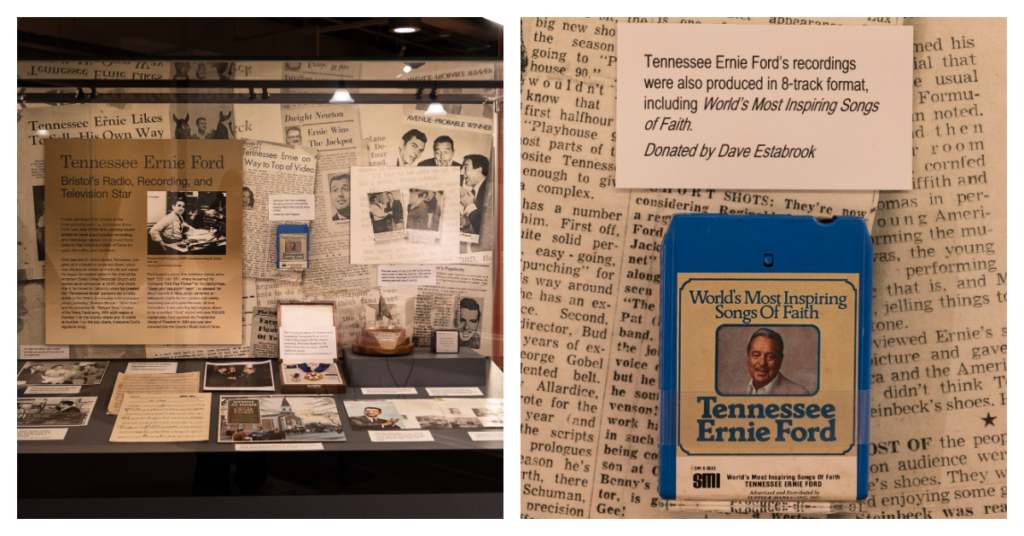
7. Family Connections
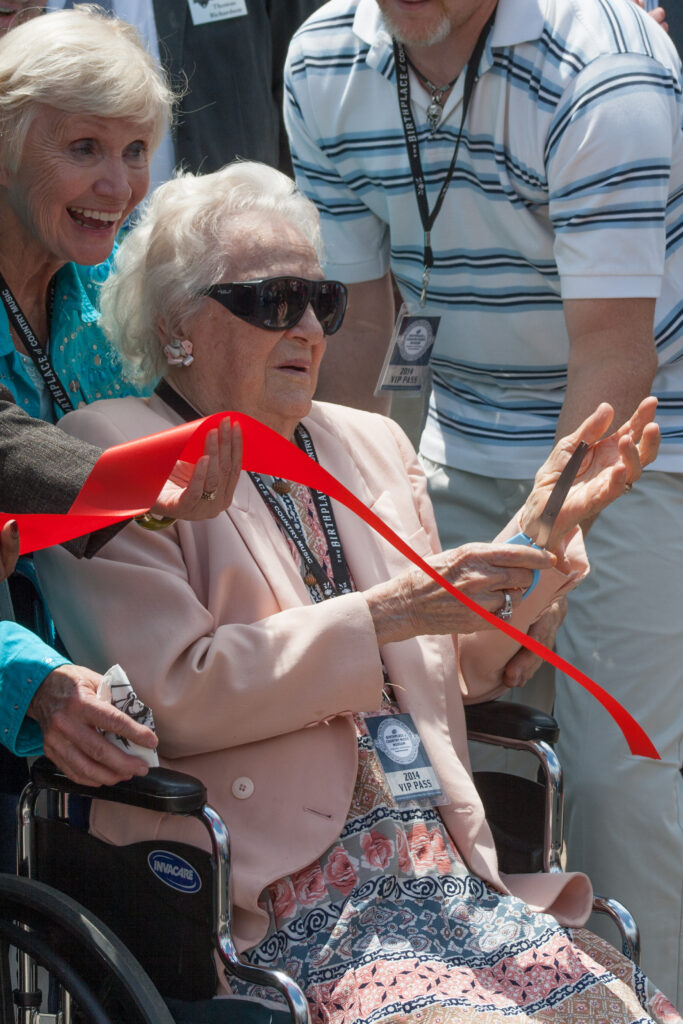
One of the biggest pleasures of working at the Birthplace of Country Music Museum has been the connections we have made with family members of the 1927 Bristol Sessions artists. Over the years, these relationships have helped us to tell the stories of these musicians in more detail and with more interest; they’ve shared objects and photographs with us that have enhanced our exhibits; and we’ve enjoyed spending time with them and seeing their own joy of their relatives being recognized and celebrated in the museum. At the museum’s grand opening, Georgia Warren, the last surviving member of the artists who recorded at the 1927 Bristol Sessions, and Roni Stoneman, daughter of Ernest Stoneman, participated in the ribbon cutting. Two branches of Alfred Karnes’ family connected through the museum’s Green Board, and then later held reunions at the museum. Charles McReynolds’ grandson, Jesse McReynolds, played his fiddle on Radio Bristol’s original Farm and Fun Time show. Blind Alfred Reed’s grandson brought his fiddle to the 90th anniversary of the Sessions where it was admired by Ralph Peer II, Ralph Peer’s son. The family of Jimmie Rodgers loaned us his Blue Yodel guitar in 2023, recently extending that loan through 2027 and the Bristol Sessions’ 100th anniversary! We hope these connections and relationships continue to grow, and that family members always hold the museum and the story we tell in their hearts.
8. Design Details
When designing the museum’s exhibits, the studioMUSarx team and their partners did an amazing job creating engaging displays and panels. But what’s even cooler are some of the hidden design details that can be found throughout the museum. For instance, different tonewoods were used in the downstairs theater – for those who don’t know, tonewoods are different types of wood that are used for acoustic string instruments due to their tonal qualities. Similarly, the floor of The Museum Store is made of curly maple, a wood often used when crafting guitars. Another great design detail can be seen on the reader rail in front of the radio station booth where the material used to cover speakers has been used behind the cut-outs on the rail. There are many more of these wonderful details to be found in the museum – but you’ll have to wait for a blog on another day to learn about them all!

9. Ramped Up!
Being a historic building, there were several elements of the original construction that we had to keep in place. One of the coolest is truly behind the scenes so not experienced by our visitors, but always appreciated by staff. In the loading bay of the museum, you can see the very top of the original ramp that led from the Goodpasture building’s first floor to its second. This was the ramp that the distributorship’s workers would have used to drive cars up to the second-floor showroom. The museum’s architect and contractors were allowed to take out the majority of this ramp during the renovation, but the top of it was kept in order to preserve the physical connection to the building’s history.
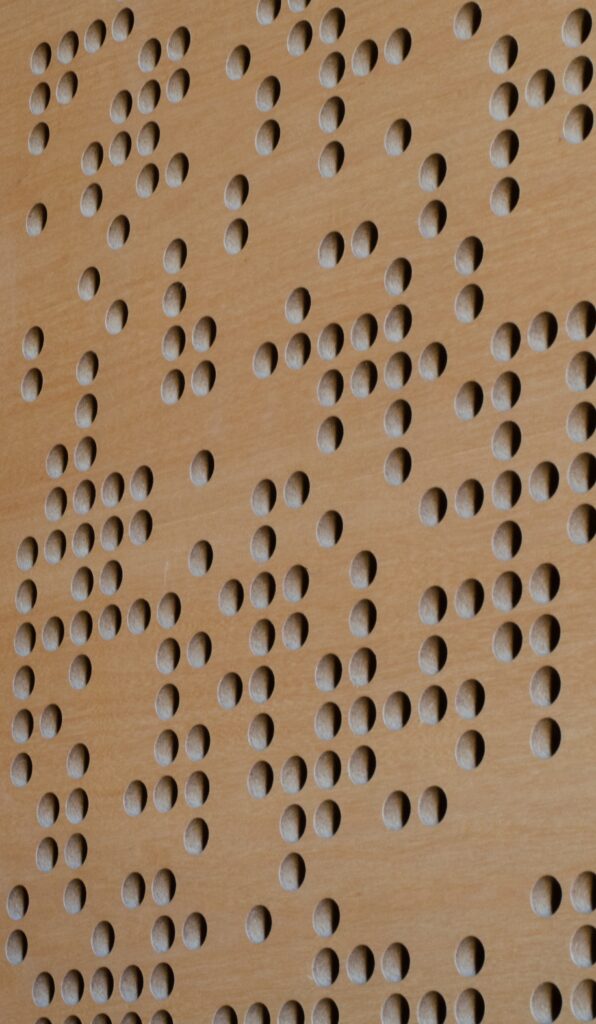
10. Acoustic Engineering
As a music museum, each room is filled with music, which requires sophisticated acoustic engineering solutions – for instance, overhead acoustic panels that direct sound downward to minimize its bleed into other areas of the space (I think of these as “sound umbrellas”!). But because it is a museum, those solutions also needed to be integrated in innovative ways into the exhibits and different spaces. In the downstairs theater, some of the speakers are hidden behind patterned acoustic tiles, while the upstairs theater has acoustic fabric on the walls to help deliver the film’s sound. Sound drivers were originally attached to the backs of the acrylic panels of the foyer sculpture, turning this piece of art into a giant speaker. Similarly, sound drivers/speakers have been placed under the pews in the chapel theater space so that when you sit in there to watch the film, you can actually “feel” the music! Steve Haas, the museum’s acoustical engineer, even created a creative acoustic activity for our educational programs – a sound driver and amplifier that we often use to show how sound travels through different materials creating different levels and quality of sound.
Dr. René Rodgers is the Head Curator of the Birthplace of Country Music Museum. She has been with the organization, first as a freelance writer/editor and later on the curatorial team, since 2012.


